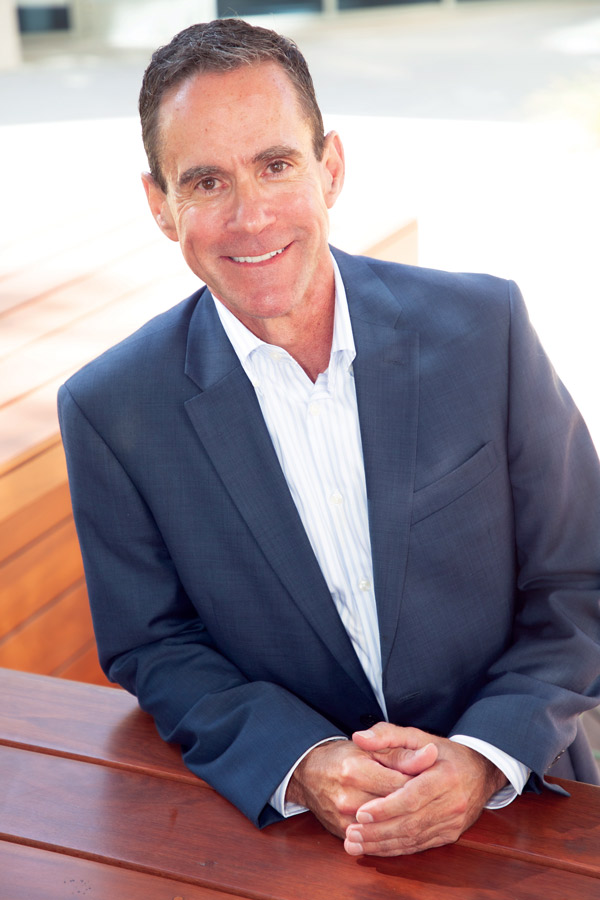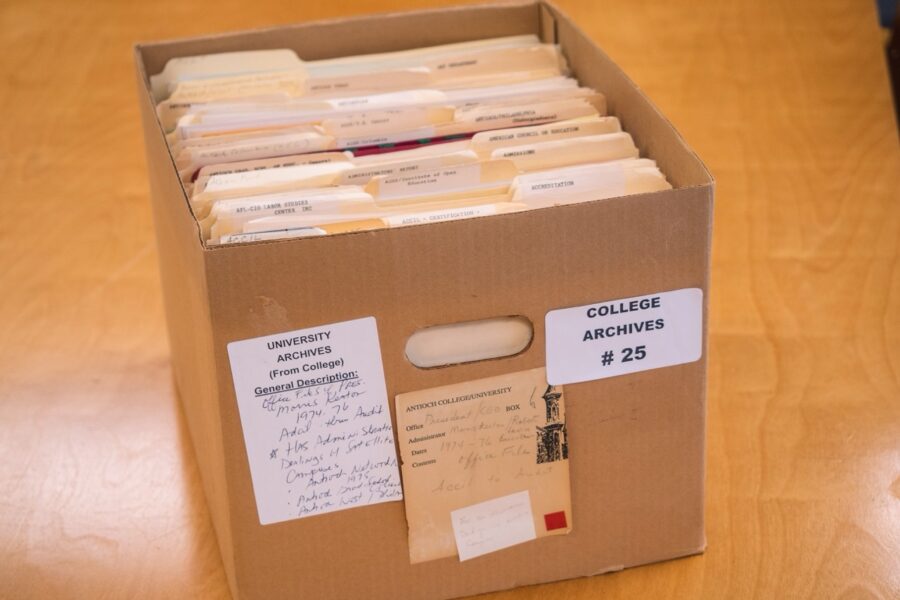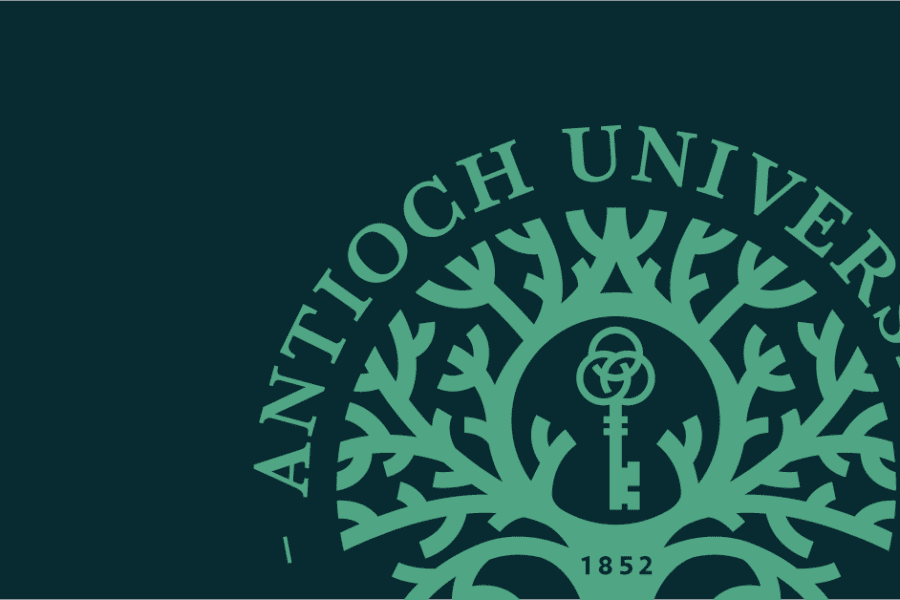
Welcome to this special history edition of the Antioch Alumni Magazine. It has been said that no business survives over the long term without reinventing itself—repeatedly. Over its long history, Antioch has certainly proven this true.
What began in 1852 as a small liberal arts college for traditional-age students in rural Ohio, became a national university focused on traditional students as well as the new frontier of adult learners, with over 40 campuses and centers across the country and beyond. The great expansion of the 1960s and ʼ70s reached virtually every corner of this nation, from the North Slope of Alaska to the border towns of Texas, from the forests and rural towns of Vermont and New Hampshire to the major West Coast cities of Los Angeles and Seattle, from the nation’s capital to Honolulu, Hawaii. With the closure of many of the centers during the 1980s, this vast network later contracted to six campuses, many of them successfully spinning off into other entities. The ensuing years saw the separation of the College and the integration of the remaining campuses into a more robust and sustainable university stretching into new learning modalities, new programs, and new schools in which faculty across the country work closely together to expand opportunities and improve learning outcomes for students.
Antioch has always been viewed as one of the great innovators in higher education, especially for adult and post-traditional students. Letting “a thousand Antiochs bloom” was our way of extending Horace Mann’s mission far beyond the four corners of Yellow Springs, Ohio, and reaching students who had been left behind by higher education. The centers were all deeply infused with Antioch DNA and a mission of advancing social justice and democracy. One cannot read the stories of our alumni and their life’s work and not see that. I’m sure Horace would be very proud—and we should be as well.
Our past is prologue. At 170 years old, we are again reinventing ourselves.
In mid-July, I joined John Comerford, the President of Otterbein University, to announce our intention to affiliate with each other to create a unique, national university system focused on educating students not only for meaningful careers but also to prepare them to advance social justice, democracy, and the common good. While Antioch and Otterbein will be the founding members of this new national system, it is not our intention to stop there. Rather, it’s our vision that other institutions will soon join this new system, all aligned and focused on a common mission.
Within this new system, we will continue to be Antioch University, and I could not be more excited—it is a great expansion of the way Antioch carries out its mission and one which I believe would, again, be a source of great pride for our founding president, Horace Mann.
It’s important to reflect on our long, storied history to recall some of our successes and the challenges we’ve faced along the way. Through the stories in this magazine, you will learn how Antioch’s mission of social justice was a lightning rod for attacks from the FBI in the 1960s, the passion and purpose that underpin today’s campuses in New England and Los Angeles, and the vision that two decades ago led to the founding of our innovative Graduate School of Leadership and Change. You’ll also learn about the exciting work Antioch students and alums are doing today, from a mobility justice advocate in Los Angeles to an environmental philosopher in New York and the founder of the Yellow Springs Seed Library.
My hope is that this issue of the Antioch Alumni Magazine gets you imagining how the next 170 years of Antioch history might be written. Nothing great happens without enthusiasm and innovation, and we will need the support of our perceptive, resourceful, and imaginative alumni to help write our next chapter. I cannot think of a better primer for the work ahead than this deep dive into where we’ve been.
Sincerely,

William R. Groves, JD



